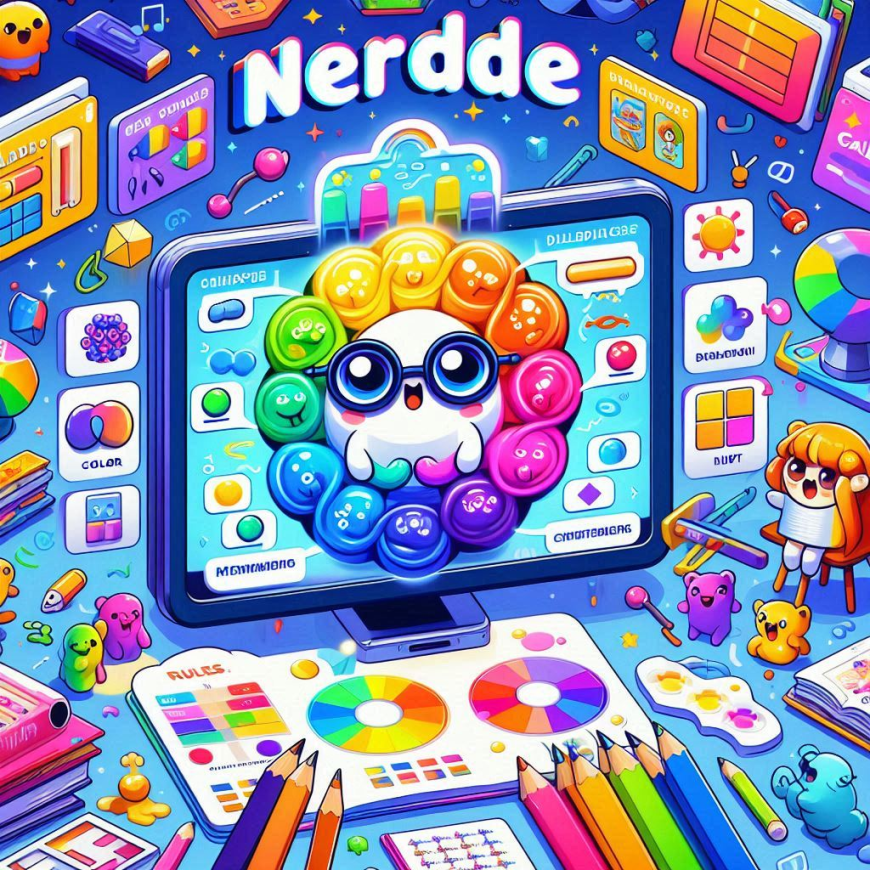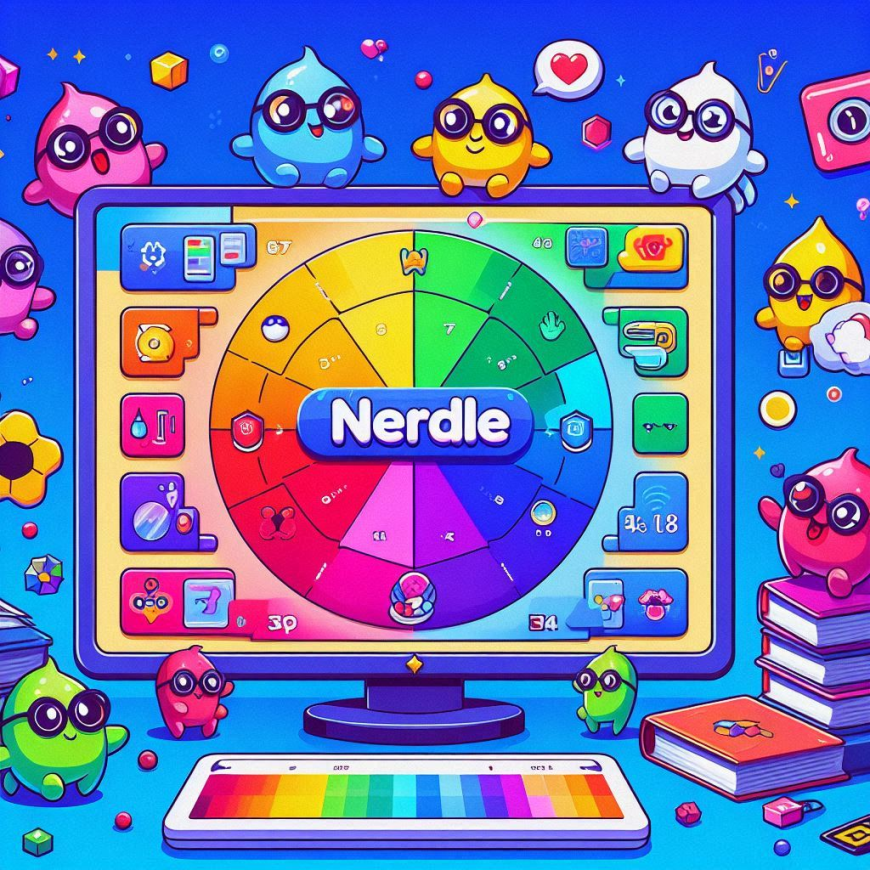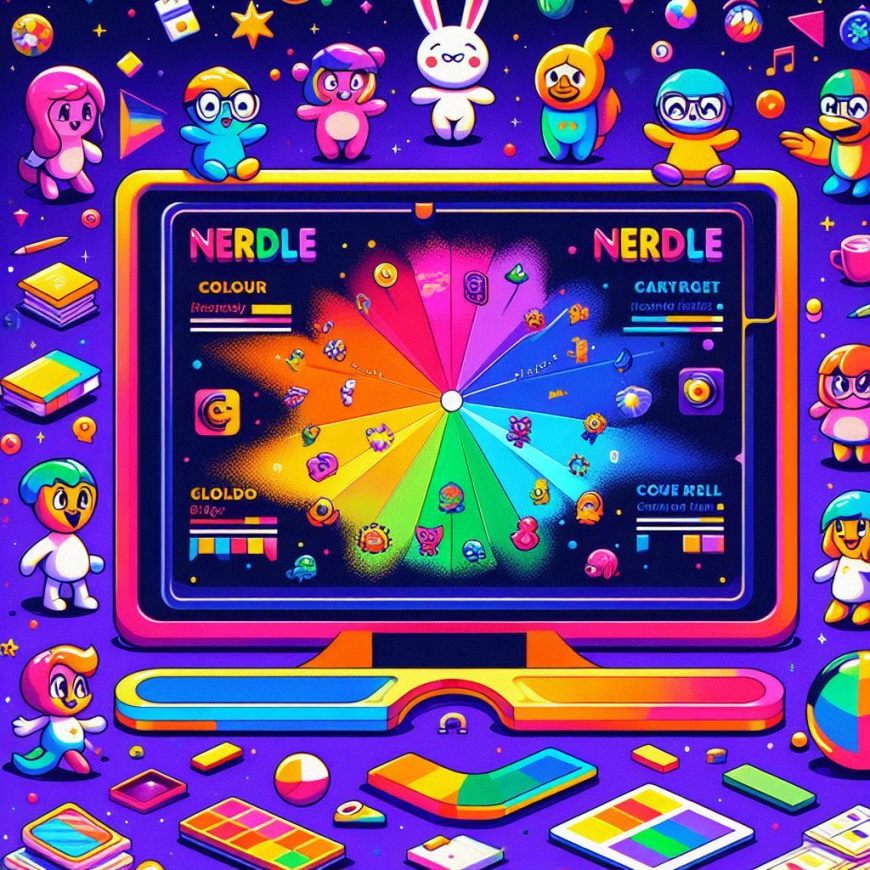What Do the Colors Mean in Nerdle? Decoding the Math Puzzle’s Feedback System
Nerdle has taken the puzzle world by storm, offering a math-based twist on the popular Wordle format. Instead of guessing words, players solve equations, receiving color-coded feedback to guide them.
Introduction
Nerdle has taken the puzzle world by storm, offering a math-based twist on the popular Wordle format. Instead of guessing words, players solve equations, receiving color-coded feedback to guide them. But what do the colors mean in Nerdle? Understanding these clues is key to mastering the game. This guide breaks down Nerdle’s color system, offering strategies to decode equations efficiently.
Nerdle’s Color Feedback System Explained
Nerdle uses three colors—green, purple, and black—to indicate how close your guess is to the solution. Each color provides specific insights into the equation’s structure:
-
Green Tiles
-
Meaning: A character (number or operator) is correct and in the right position.
-
Example: If the solution is
12+34=56and your guess is10+30=40, the+and=will turn green if they’re correctly placed.
-
-
Purple Tiles
-
Meaning: A character is part of the equation but in the wrong position.
-
Example: If the solution is
9*8=72and you guess8*9=72, the8and9will appear purple, signaling they belong in the equation but need rearranging.
-
-
Black Tiles
-
Meaning: A character isn’t in the solution at all.
-
Example: Guessing
7-5=2when the answer is3+6=9turns all characters black except the=(which is always green).
-
The Equals Sign’s Unique Role
In Nerdle, the equals sign (=) is always in the sixth position of an 8-character equation (e.g., 12+34=56). This structural rule impacts gameplay:
-
Fixed Position: Every valid guess must place
=in the sixth spot. -
Color Guarantee: Since the solution also follows this rule, the
=tile is always green if your guess is valid.
This consistency allows players to focus on deducing numbers and operators without worrying about the equals sign’s placement.

Strategies for Using Color Clues
-
Leverage Green Tiles First
Lock in correct characters and their positions. For example, if3in the first spot is green, build subsequent guesses around it (e.g.,3*X=YY). -
Rearrange Purple Characters
Purple tiles indicate characters that need reshuffling. If7is purple in the third spot, test it in other positions while keeping green tiles fixed. -
Eliminate Black-Tiled Characters
Avoid using black-marked characters in future nerdle guesses. If5turns black, it’s not in the solution. -
Start with Diverse Equations
Begin with guesses that use varied numbers and operators (e.g.,10-5=5) to maximize feedback.
Common Mistakes to Avoid
-
Reusing Black Characters: Repeating black-tiled numbers/operators wastes guesses.
-
Ignoring Purple Clues: Failing to reposition purple characters slows progress.
-
Overlooking Equation Validity: Ensure guesses are mathematically sound (e.g.,
9/3=3is valid;9/0=9is not).
Examples of Color Feedback in Action
Example 1:
-
Solution:
9*8=72 -
Guess:
8*9=72-
Feedback:
8(purple),*(green),9(purple),=(green),7(green),2(green). -
Takeaway: The numbers
8and9are swapped but part of the solution.
-
Example 2:
-
Solution:
20/4=5 -
Guess:
24/8=3-
Feedback:
2(green),4(purple),/(green),8(black),=(green),3(black). -
Takeaway:
4is present but misplaced;8and3are incorrect. -

-
Conclusion
Mastering what the colors mean in Nerdle transforms how you approach this math puzzle. Green tiles solidify correct placements, purple hints at necessary adjustments, and black eliminates possibilities. Pair this knowledge with strategic guesses and attention to the fixed equals sign, and you’ll solve Nerdle equations with confidence. Ready to put these tips to the test? Dive into your next Nerdle puzzle and watch your skills multiply!

 hassen
hassen 



